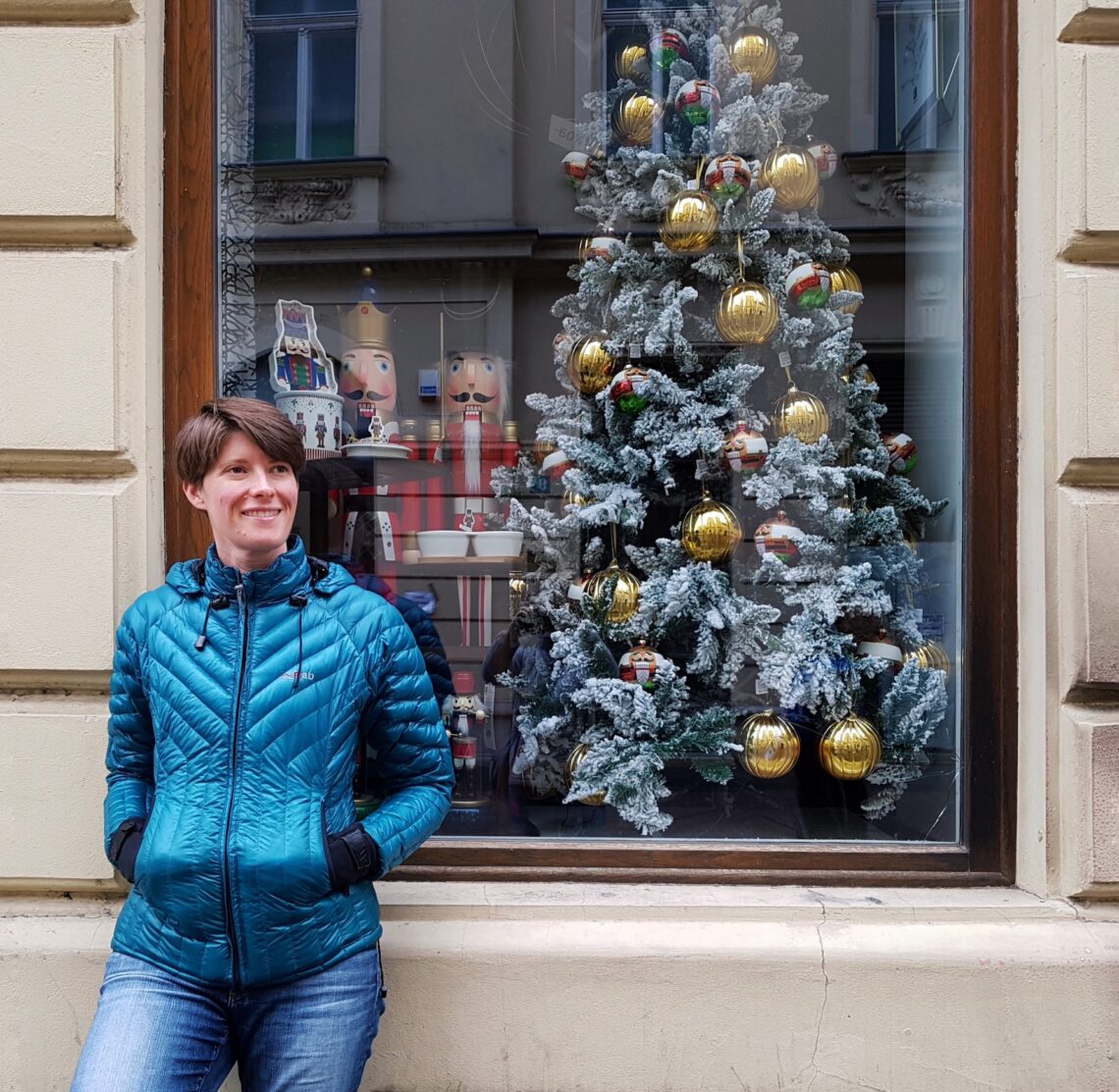
How Affordable is a Week in Zagreb, Croatia?
We love traveling slowly. Spending a month or longer in each destination allows us to experience a city more like a local and it costs less. Or at least that’s the theory. We put it to the test with a one week stay in Zagreb, the capital of Croatia. We came here for a stopover on our way out of Croatia and onto our next destination.
Our Zagreb city break capped an incredible autumn here in Croatia. We started off by spending October in Dubrovnik where we had the old town practically all to ourselves. Next we spent November in Split, enjoying the cafe culture and long walks on the waterfront. And that was the very last of the warm weather.
We took a 6-hour ride on a very empty train to get from Split to Zagreb. One of the reasons we were looking forward to coming to Zagreb in December was to enjoy the award-winning Christmas markets. But Croatia just went into lockdown — which is needed, of course — so the festivities have been significantly toned down this year.
A weeklong stay not only gives us less time to enjoy the city, we lose access to some of the economies of a longer stay. When we stay for a month or longer, we get long stay discounts from Airbnbs; we have time to buy groceries and cook at home; and our transportation costs are lower if we’re not jumping from city to city each week.
Or so we think. With this one week stay in Zagreb, we wanted to put our theory to the test.
Accommodations
Normally Zagreb in December is a relatively expensive place to visit because of the Christmas markets. In fact, when we were first looking at Airbnbs a couple months ago, the apartments we liked were well out of our price range.
When we looked again last minute, we were able to snag a great deal. Our apartment was bright and modern; it was tastefully decorated in a minimalist way. The kitchen has a rustic style with a gas range and a farmhouse sink. It doesn’t have all the amenities that we look for in a longer stay; it has a dishwasher but no oven or washing machine.
The apartment is also centrally located, just a short walk from the train station and close to the main tourist sights in upper town and a big park for walking our dogs. It cost $284 USD for a weeklong stay or $41 USD on a per night basis.
Entertainment
When we booked our time in Zagreb, we were hoping to experience the Christmas markets and decorations that the city is famous for. However, the festivities are muted this year given the pandemic. Still we managed to enjoy the city safely, mostly by walking around and taking in some of the city’s most famous sights.
We started off in Ban Jelacic Square, which is the centre of the city and a great launch point for touring the rest of the old town. From there, we checked out the Dolac Market, which is a huge farmers market and then made our way to the Zagreb Cathedral. This is the defining landmark of Zagreb with spires can be seen from almost anywhere in the city.
Another spectacular and very different cathedral is St Marks which is famous for its colourful tiled roof with coats of arms representing Croatia and Zagreb. We also took at the Stone Gate, which is an important pilgrimage site that houses a painting of the virgin mary that miraculously survived a fire in the 18th century.
Aside from all the historic sights, Zagreb is also known for its street art, which we discovered as we walked around the city. Zagreb also lights up beautifully at night. We found that there were many spots around the city for experiencing the Christmas lights.
Our entertainment costs came in at $0 for the week since we just kept to the free activity of walking around.
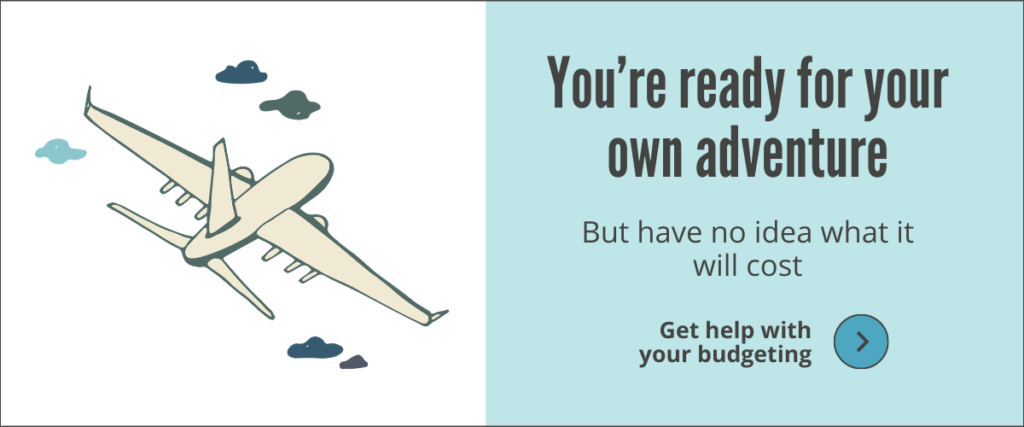
Dining out
Restaurants in Croatia are only open for takeaway and delivery right now. So we did the best we could with those options for dining out. We tried the classic dish of sarma, which is cabbage rolls and mashed potatoes. We tried traditional Croatian soups: chicken soup with dumplings and mushroom and bacon soup. We also had the famous strukli, which is a thin pastry filled with cottage cheese and sour cream and then baked. It comes either sweet or salty; we had the sweet blueberry version and it was amazing.
Cafe culture seems to be very important in Croatia. Even though the restaurants are basically closed right now, people still like to gather outside to see and be seen while having their coffee. We joined in for a takeaway coffee and fritule, which are little fried dough balls covered in sugar. Our total spend on takeaway food was $114 USD.
Groceries
When we spend a month in a destination, we always load up on groceries and do a ton of cooking at home, including trying out local recipes. Because we were only in Zagreb for a week, we ended up getting takeaway a lot more often than usual. Still, we managed to experiment with some Croatian classics in the kitchen. We made goulash or beef stew and tried our hand at sausages and sauerkraut. Our total spend on groceries was just $112 USD.
Transportation
Zagreb is a city that is perfect to see on foot so we really didn’t need to spend on local transportation. Our only cost was our train ticket to get from Split to here. We did spend extra for a first class ticket in the hopes it would be less crowded. And it paid off because we had the carriage all to ourselves. Our spend on transportation was $97 USD.
Now let’s review how these experiences and costs measured up to our time in Split.
Is fast travel really more expensive than slow travel?
In Split, we stayed in a spacious apartment with all the amenities in the centre of the city. We rented cars a few times and enjoyed paid tourist attractions. However we only ate in restaurants or had takeaway just a couple times a week. Our total spend for a month in Split was $2,209 USD or $74 USD a day. This amount only includes accommodations, entertainment, food, and transportation; we’ve excluded our other regular monthly costs.
Compare that to the week we spent here in Zagreb. We stayed in a comfortable apartment not far from the centre. We got takeaway food everyday but did some cooking as well. We took a train to get here but otherwise spent nothing on transportation or entertainment. Our total spend for seven days in Zagreb was $606 USD or $87 USD per day. So our fast travel in Zagreb really did cost more than our slow travel in Split.
Generally we like slow travel better because it gives us a chance to settle in and make a new city feel like home. Between rushing from sight to sight and making sure to sample enough traditional foods, our time in Zagreb was a bit of a blur. That said, it was great to have the novelty of seeing a new place, even if we did it a bit more quickly than usual.
All amounts in USD
| Item | Budget |
| Accommodations: A bright, modern apartment in the centre | $284 |
| Entertainment: Taking in Zagreb’s most famous sights | $0 |
| Dining Out & Takeaway: We ordered delivery a lot more than usual | $114 |
| Groceries: Simple meals at home | $112 |
| Local Transportation: First class train ride from Split to Zagreb | $97 |
| Total | $606 |


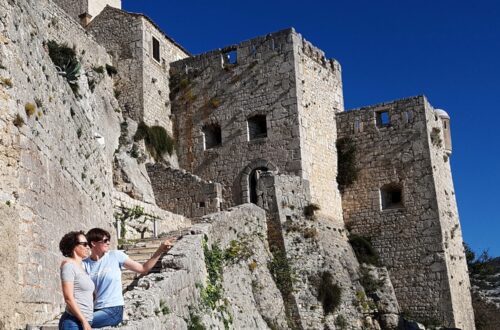
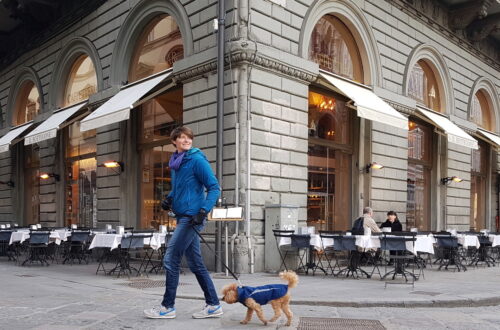
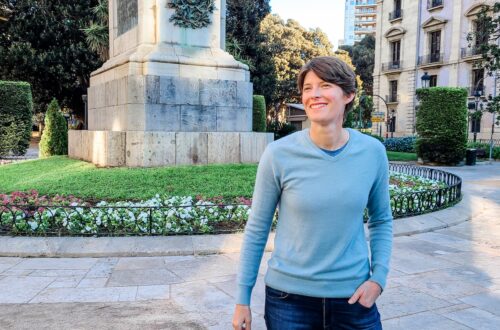
One Comment
Pingback: